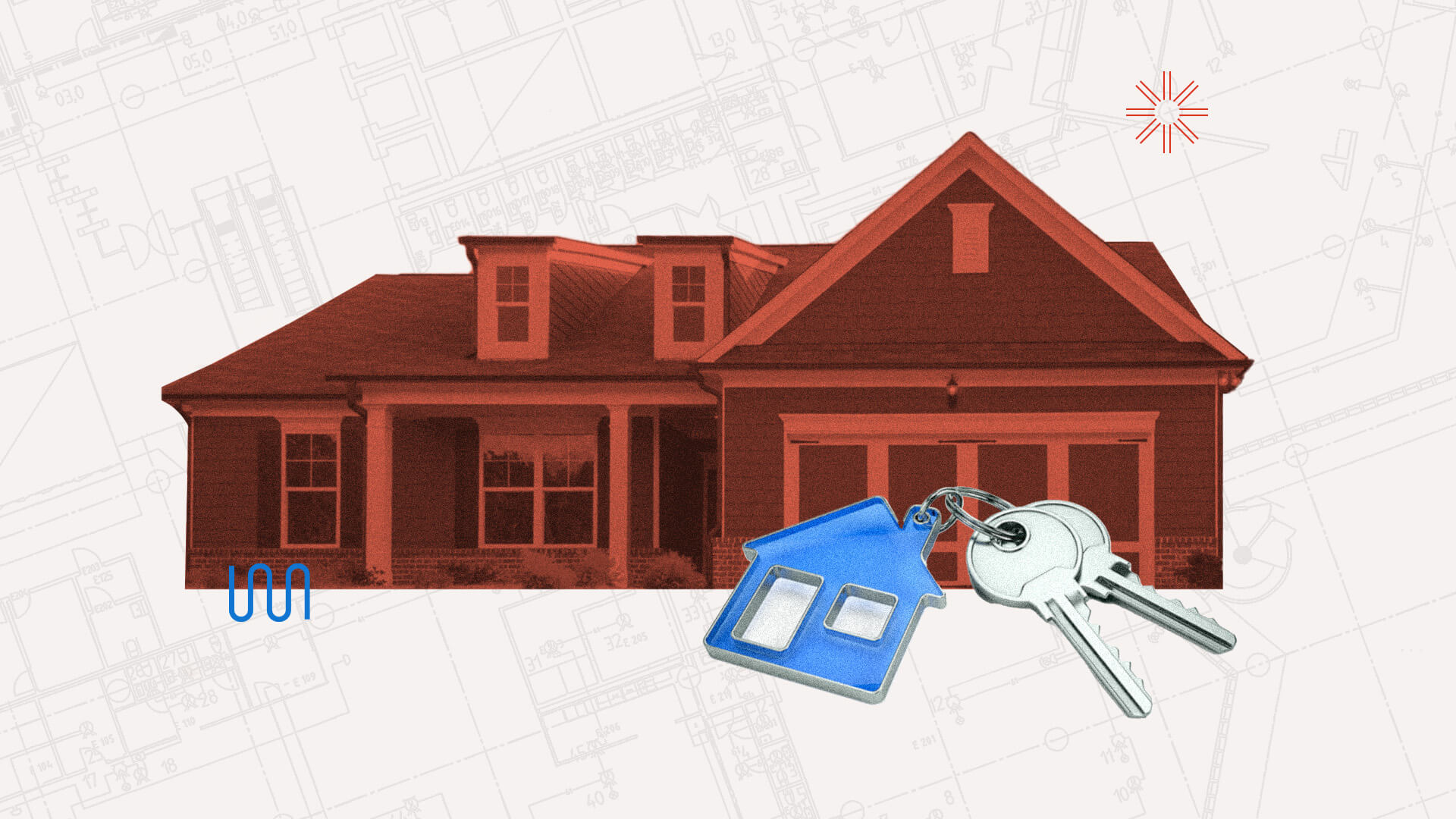
Over the past few years, there has been a major shift to bringing different business transactions online. This trend has reached the real estate market, and is changing the way mortgage closings work. More people want the convenience of buying a home online, and that includes fully-digital closings.
The number of lenders who are introducing various online closing options to their customers is increasing as more people become comfortable with the concept. Younger people, including millennials and Gen Z, are particularly interested in online options for the convenience, time-saving, and flexibility.
No longer an emerging trend, eClosings have started to reach the mainstream, and can be a competitive differentiator for lenders, especially for the younger generations who are currently flooding the home buying market. This guide provides an overview of how eClosings work, their benefits, and their challenges.
What is an eClosing?
An eClosing is a mortgage closing where some or all of the key elements of the transaction occur online, rather than on paper. Sometimes also referred to as eMortgages and digital mortgage closings, eClosings use technology across one or more of the following closing activities:
- eSigning: Closing documents are all online and signed electronically.
- Online notarization: Signatures and documents are notarized using approved remote online notarization methods.
- eNote: An original electronic promissory note (eNote) signed on an eClosing platform and registered with the MERS eRegistry® upon execution.
A fully-digital closing is enabled by an eClosing platform that a lender uses to organize documents, send the eNote and share information with title agents, real estate agents and homebuyers.
How an eClosing works
Not every eClosing works the same way, as some lenders may adopt just a few online elements, rather than enabling a fully-digital closing. There are a few different types of eClosings that are most common. Some require everyone to still meet in person, while a fully-digital eClosing enables participants to close from the remote location of their choice.
Here are the main types of eClosings and how they work:
Hybrid eClosing: The mortgage closing still occurs in person and most processes are the same. However, the parties sign the documents electronically rather than using pen and paper, which saves time at the closing.
Fully-digital eClosing: The mortgage closing occurs remotely. Parties sign all documents electronically and use audio and video technology throughout the process. Documents are also notarized online and the eNote is filed electronically.
In each case, eClosings are best supported by a technology platform that helps the lender work with the title agent, real estate agent and borrower in order to ensure that all steps are taken to make the closing successful, whichever elements are online.
While not so different from a traditional ink and paper closing, eClosings do require new steps and new technologies that lenders will need to implement in order to provide these services to their customers. Lenders will need to educate their teams, title agents and their customers on the new process so that it runs as smoothly as possible.
The benefits of an eClosing
While there is some upfront work to ensure that everyone knows how the fully-digital process works, there are a host of benefits that eClosings bring to lenders, title agents, and their customers.
Time savings: The average mortgage closing requires people to drive to the closing and hand sign and hand notarize documents. Compare this to a closing that can occur remotely and where signatures simply require the click of a mouse and notarization happens online. The decrease in time spent on the closing alone is significant for the lender and customer.
Error reduction: A recent study by Marketwise shows that eClosings can result in a 33% reduction in errors, which saves time for both lenders and borrowers.
Customer experience: Giving customers the choice and convenience of an eClosing is a competitive advantage. Lenders who provide online options not only appeal to a wider set of people, they also give their customers a more flexible and convenient way to close.
ROI: All of these benefits add up to an average cost savings of $444 per loan for lenders and an average of $100 per transaction for title agents.
The good news is that the benefits are available to lenders and title agents even if they don’t offer a fully-digital eClosing. By adding some online elements to the eClosing (allowing documents to be signed online, for example), lenders start to see positive ROI from the beginning.
How to get started with eClosings
The best way to get started is to start asking questions. Learn more about how you can generate more revenue and close more transactions, while providing your customers with a better experience.
It’s also a great idea to start conversations with companies that offer technology to support eClosings, like Notarize. This will give you a better understanding of technology capabilities, the implementation process, and the benefits of utilizing an eClosing platform.
And finally, talk to customers. Either through a survey or simply through conversation, see how interested they would be in remote closing options. Many of today’s home buyers are eager for the convenience and flexibility of eClosings. The fact that lenders and title agents also benefit from the move to eClosings makes it an even more compelling opportunity.


